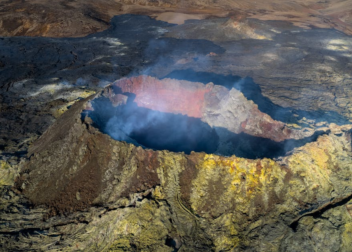Natural Disasters and Your Home Insurance
Natural disasters are serious occurrences that have the potential to cause major devastation in communities or entire states or countries. A natural disaster is an unpredictable adverse event that results from uncontrollable natural forces of the Earth; Examples include hurricanes, floods, tornados, earthquakes, volcanoes, tsunamis, volcanic eruptions, and many other geologic phenomena. A major natural disaster can be caused by any occurrence that exposes people, buildings, or infrastructure to potentially hazardous physical conditions. These conditions may include wind speeds of a certain level and density, rain levels that are elevated, or snow/ice coverage that is too great.
The economic consequences of natural disasters can be devastating. An earthquake, Tsunami, or other severe occurrence can cause millions to flee their homes, affecting the economy of the regions they are located in. Following the initial effects of an earthquake or Tsunami, the death toll from the flood can be in the hundreds of thousands or millions depending on the type and location of natural disaster. The economic damages often continue for years, particularly in regions that experience heavy rainfall and severe flooding.
Due to the size and speed of water flows, coastal regions are generally affected by more damage from natural disasters than inland areas. Coastal regions have been devastated by the largest ocean wave to hit the planet in recorded history, the massive tsunami that hit Indonesia and Asia in 2004. The aftermath of the tsunami was an issue for a year leading to increased interest in how to prevent disasters like this from occurring. Research and testing is currently being conducted to find solutions to prevent the problem of excessive flooding by locating undersea locks that control water flow.
Although natural disasters tend to affect humans and infrastructure more severely than earthquakes due to the inherently greater severity, they are no less deadly. A large meteor or asteroid hitting the planet can lead to the extinction of human beings, destroying habitats and causing massive amounts of damage to infrastructure. Earthquakes pose the same threat, but are usually smaller and occur on a smaller scale.
Damage from tornadoes can be both extensive and long-term. Tornadoes typically flatten entire communities and are capable of killing hundreds, if not thousands, of people. While tornadoes are usually caused by a change in the wind direction, research has shown that some tornadoes may be related to the changing behavior of Mother Nature. Mother Nature has also recently demonstrated her ability to inject massive amounts of natural disaster into the Earth’s climate, causing droughts and wildfires in many parts of the world. Evidence has been found in boreholes, ice cores, and field geology that indicates that the Earth has experienced such extreme climate changes in the past that it is capable of doing so today.
One natural disaster that is likely to strike in your area is a severe winter storm. Winter storms often spawn tornadoes and hail storms. Hail storms may produce as much as two feet of rainfall in a short period. In addition to damaging homes and businesses, they can also cause massive snow and ice buildup in the streets that will make travel dangerous. If your area is prone to severe winter weather, you should plan ahead for the potential threat of a severe blizzard.



